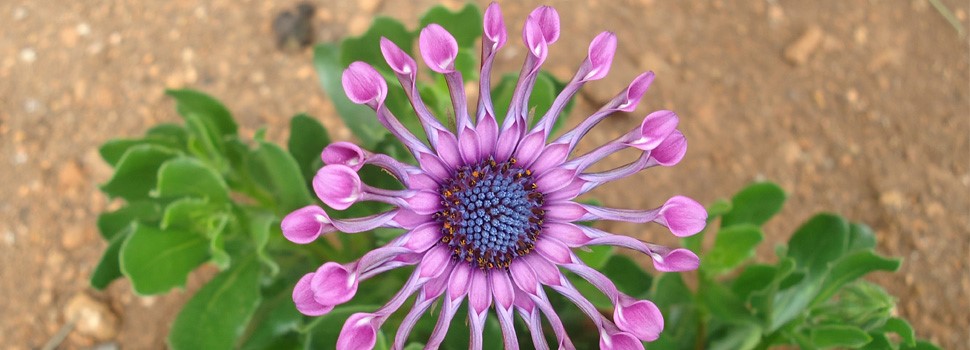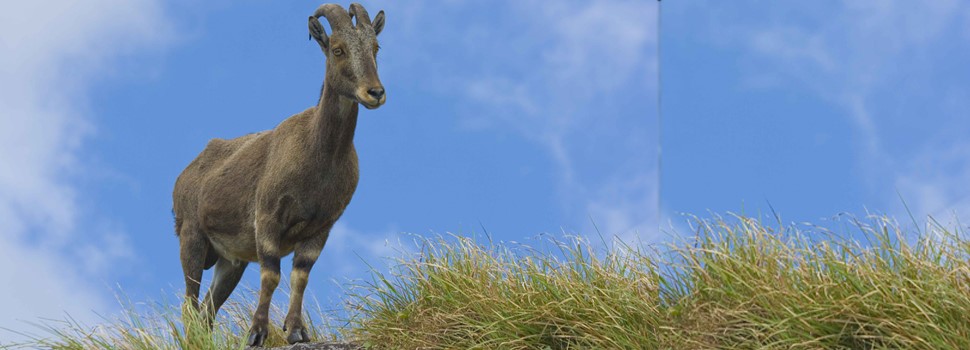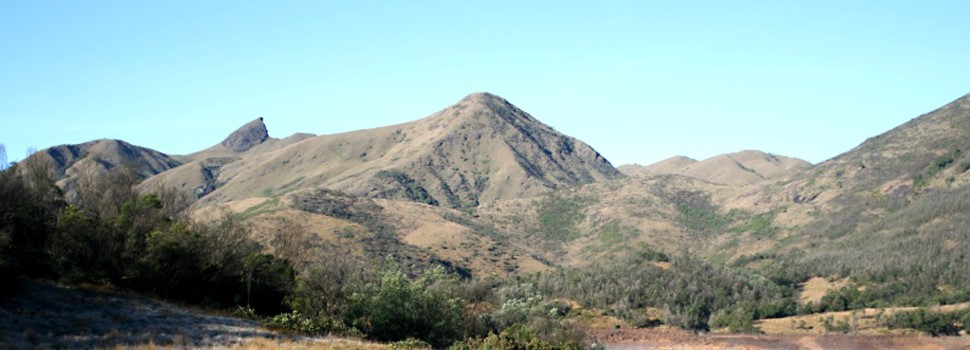Lobbying for the preservation of the Nilgiri mountains’ biodiversity and cultural heritage
LOBBYING FOR THE PRESERVATION OF THE NILGIRI MOUNTAINS’ BIODIVERSITY AND CULTURAL HERITAGE
Project Status: 1985
GOALS AND OBJECTIVES
Indiscriminate development have rendered the Nilgiri mountains fragile leading to severe deforestation, soil erosion and landslides which are believed to have been accentuated in recent years by climate change. Since 1985, a group of environmentally concerned citizens got together to launch the Save Nilgiris Campaign (SNC). Convinced that ignorance and indifference are often the cause of degradation, the aim of this campaign was to inform and educate the people and the administration about the ecological significance of the Nilgiris and the dire necessity to protect and preserve what was left. The campaign was carried out, despite no financial support, thanks to the inspiration and guidance of eminent personalities, such as the former President of India Shri R. Venkataraman, the ‘Chipko’ movement leader Shri Sunderlal Bahugunaji, the philosopher-saint, Guru Nithya Chaitanya Yathi.
In 2006, the Save Nilgiris Campaign was converted into a Public Trust called Nilgiri Documentation Centre with the intention to pass on the legacy of the Save Nilgiris Campaign to the future generations in the form of a Nilgiri History Museum which is now functioning at the John Sullivan Memorial at Kannerimukku Village in Kotagiri. The Honorary Director of the Nilgiri Documentation Centre is Dharmalingam Venugopal, a native of Nilgiris, an Economist and an Environmental Activist and founder of Save Nilgiris Campaign and Managing Trustee of Nilgiris Documentation Centre.

HOW DOES IT CONTRIBUTE TO MOUNTAIN PROTECTION
Located in the tri-junction of the states of Tamil Nadu, Kerala and Karnataka in south India, the Nilgiri mountains or the Blue Mountains form part of the Nilgiri Biosphere Reserve. Home to aboriginal tribes and indigenous people, the ancient mountains estimated to have been created some 40 million years ago, have been of anthropological and archeological importance for centuries. The Nilgiri mountains were opened to the outside world at the beginning of 1820s by the British, in particular by an administrator named John Sullivan who also laid the foundation for their modernization as Hill Stations.
Today, the 2500 sq km Nilgiri mountains are a top tourist destination attracting around 2.5 million visitors from India and abroad. However, the Nilgiris are lot more than a tourist delight. Scientists classify the Nilgiris as a ‘Living Fossil’. Ecologists say the biodiversity of the Nilgiris is ‘found nowhere else in the world’. Anthropologists describe the Nilgiris as an ‘aboriginal enclave’. Geographers have listed the Nilgiris among the 400 natural wonders of the world.
The ecosystem services of the Nilgiris are not limited to tourism and anthropology. The waters of the Nilgiris irrigate hundreds of thousand acres in the plains around. Several habitations in the plains depend on the Nilgiris for their drinking water. The hydro-electric power generated ingeniously on the hills is critical to the state of Tamil Nadu. The naturally flavoured teas of Nilgiris delight millions of drinkers across the world. The ‘English vegetables’ of the Nilgiris tickle the palate of thousands of connoisseurs every day.
The Save Nilgiris Campaign has been instrumental in bringing about fundamental changes in the protection of the Nilgiri mountains. It brought about a Master Plan for protect the urban areas and the Hill Area Conservation Authority to monitor and guide sustainable development. SNC prevented a small hydroelectric project and a harmful chemical factory coming up in sensitive forest areas. On the agricultural side, SNC warned of the repercussions of monoculture in mountain areas and have since been finding ways to tide over a tea crisis which followed when tea replaced food crops in the 1980s. The 10-day International Champions Camp organised by NDC and British Council on Climate Change and Mountains was the first of its kind. Similarly, the All India workshop on Inclusive and Sustainable Mountain Development was also a first of its kind in India.
COLLABORATION WITH LOCAL COMMUNITIES AND AUTHORITIES
The Nilgiri History Museum (NHM) which is part of the Nilgiri Documentation Centre is perhaps the only one of its kind in India. Geographic, linguistic, antiquarian, botanical and ethnographic accounts of Nilgiris have been documented since 1822. The museum contains books, photographs, artefacts etc, depicting the comprehensive history of the Nilgiris mountains including tribal, indigenous and colonial history, development, hydro-power, agriculture-horticulture and forest documentation, transport and communication history, as well as educational and institutional history. It contains also scientific and botanical books and res
NHM has been a major attraction to the visitors going by their increasing numbers and their heartening comments in the Visitor’s Book. NHM would continue to procure more Nilgiri related books, artefacts, objects and other display materials of historical and heritage value presently available in libraries and other institutions in UK, USA, France, Switzerland and Germany.
Today Nilgiri studies have acquired a status of being called Nilgiriology, a status unique to any small mountain district anywhere in the world. The museum has benefited the local community a great deal to preserve their culture and traditions. NDC was instrumental in setting up the memorial in memory of the English administrator who is largely responsible for modern Nilgiris. The NHM has been functioning in the John Sullivan Memorial from 2006 to 2015, when it moved to other premises. Efforts are on to find a permanent place for NHM.
Save Nilgiris Campaign and its successor Nilgiri Documentation Centre have collaborated with several local, national and international authorities to implement the projects. Some of them are Hill Area Development Programme, The Nilgiris Forest Department, Government of Tamil Nadu Planning Commission, Government of India Department of Science and Technology, Government of India Environmental Liaison Centre, Nairobi British Council.


GOING FURTHER THAN “BUSINESS AS USUAL”
The work of the Save Nilgiri Campaign and Nilgiri Documentation Centre has been unique, as it has been a movement of indigenous people, not focusing on micro issues but long term issues like tourism, monoculture, climate change, urbanisation, geological stability and cultural preservation which are critical to the Nilgiri mountains. In fact, the Nilgilri case is a turn around one where from near total degradation in the 1980s it has become a best practice of a regenerating mountains with the help of the government and non-governmental cooperation. The association aims to lobby for the protection of the mountains and to get political representation.
VOLUNTEERING OPPORTUNITIES
The association is looking for support to institutionalise the good work done over the past more than three decades. There will be plenty of volunteer participation if activities are institutionalised.
CONTACT
Dharmalingam Venugopal
dharmalingamvenu@gmail.com
www.nilgiridocumentation.com

